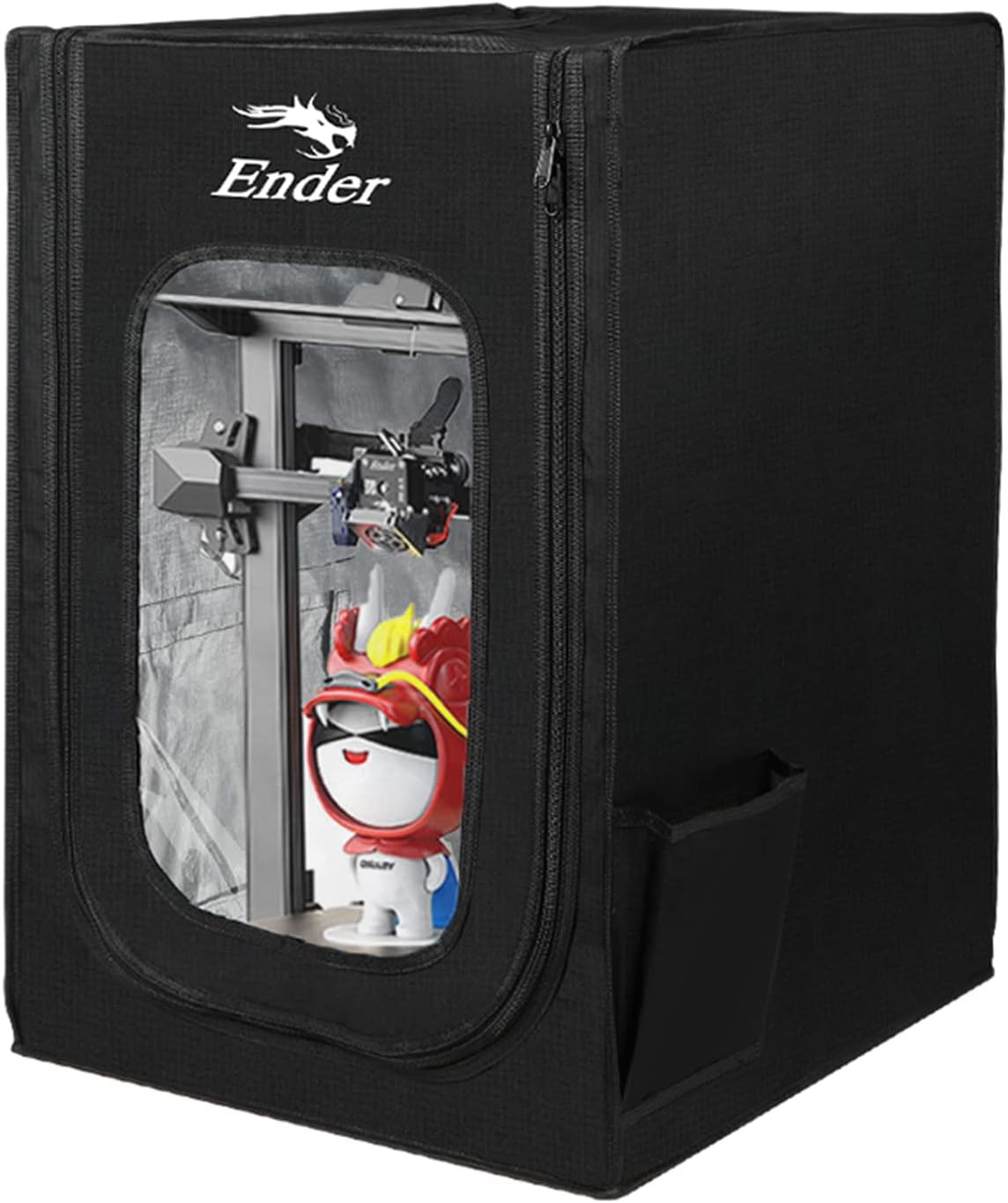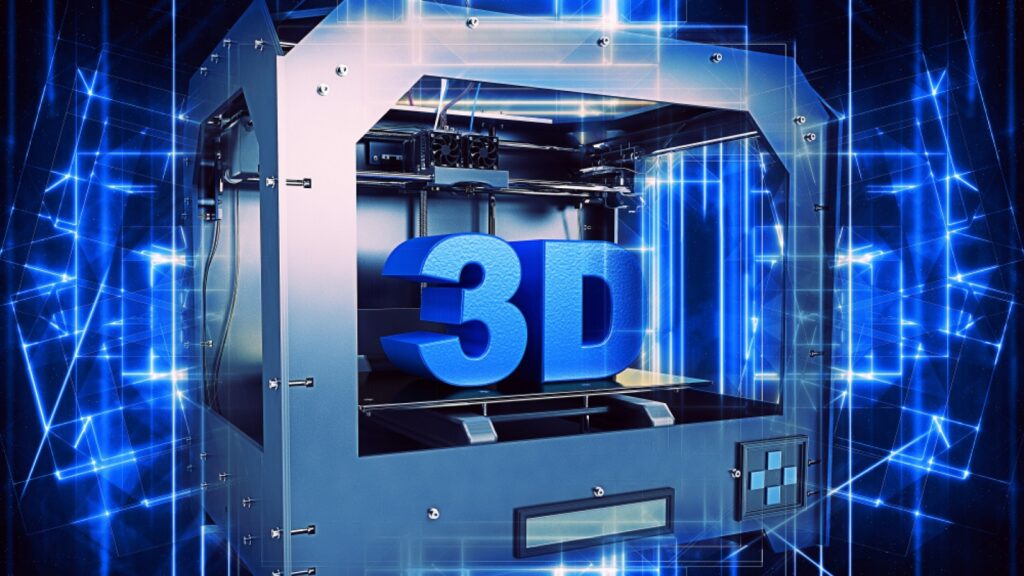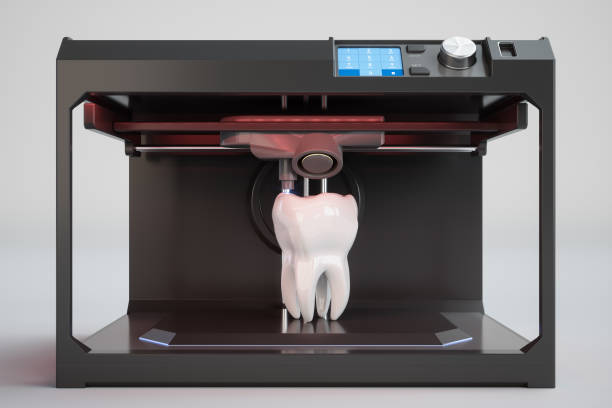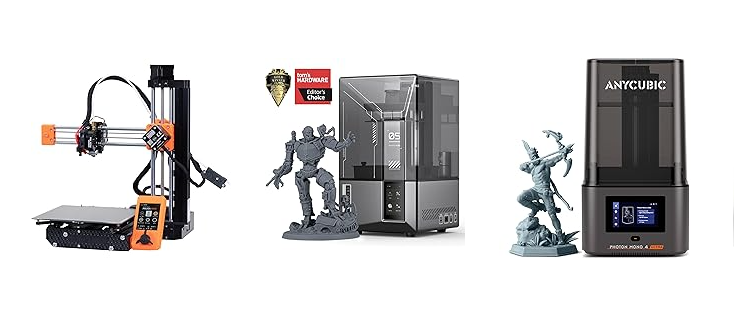Ever tried fitting a full-sized 3D printer into a studio apartment? It’s like squeezing an elephant into a phone booth—messy, awkward, and likely to end in tears. But fear not, fellow space-challenged makers! Mini 3D printers are here to save the day.
These compact powerhouses deliver all the magic of their bigger siblings without turning your workspace into a cluttered jungle of wires, filament spools, and regret. Whether you’re a hobbyist sculpting tiny masterpieces, a designer prototyping in tight quarters, or an educator trying to wow students without taking over the classroom, there’s a mini 3D printer with your name on it.
Why Go Mini? The Big Perks of Small Printers
Mini 3D printers aren’t just adorable—they’re practical. Here’s why:
✅ Space-Saving Superstars: Perfect for tiny desks, crowded workbenches, or your kitchen counter (if you’re feeling brave).
✅ Wallet-Friendly Wonders: More affordable than their full-sized counterparts, making them great for beginners and budget-conscious makers.
✅ Plug-and-Print Simplicity: Many mini models are beginner-friendly and require minimal setup—no engineering degree required.
✅ Portable Powerhouses: Light enough to take to a workshop, class, or that one friend’s house who still doesn’t believe 3D printing is real.
Of course, there are a few trade-offs—smaller build volumes mean you won’t be printing life-sized Iron Man suits anytime soon. But for detailed miniatures, functional parts, and prototypes, these machines are absolute gems.
The Top 5 Mini 3D Printers That Punch Above Their Weight
After exhaustive research (and more failed prints than I’d like to admit), here are the best mini 3D printers of 2025:
1. Elegoo Mars 2 Pro – The Detail Devil
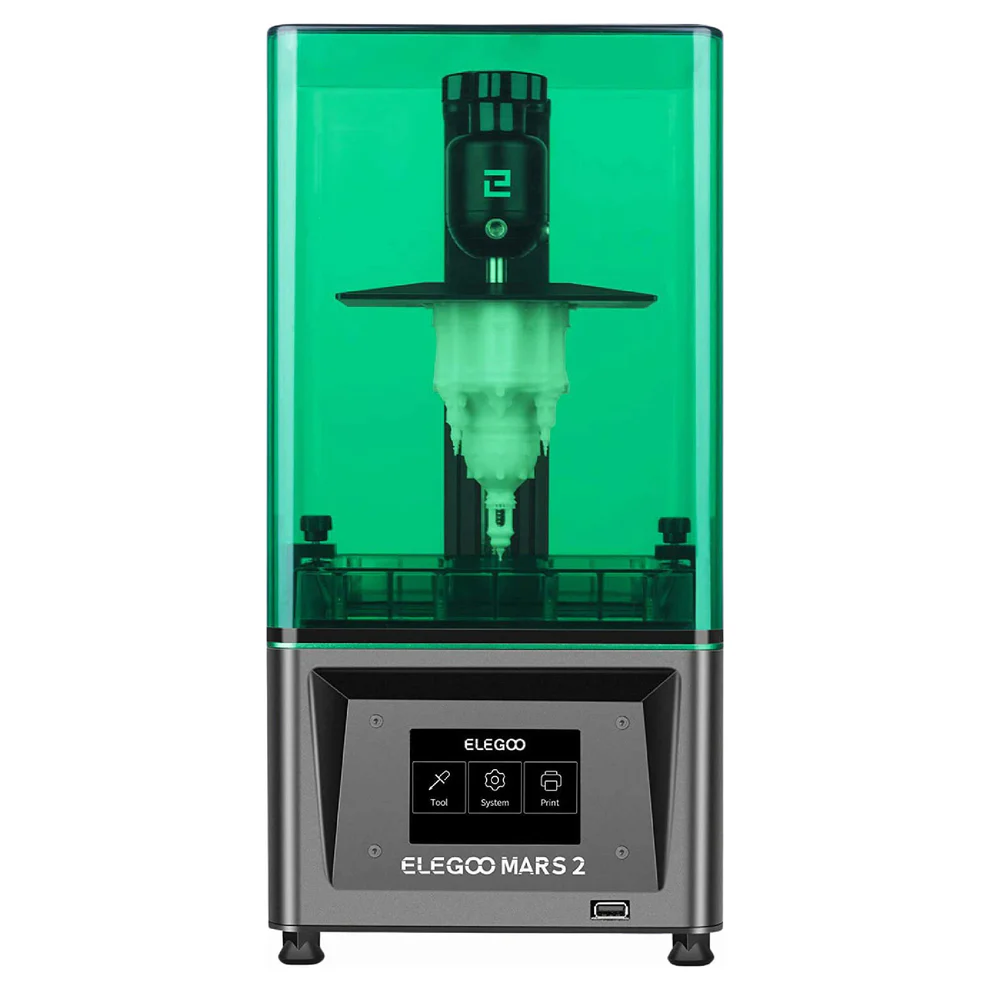
📌 Best For: Miniatures, jewelry, high-detail prints
💰 Price: Mid-range
🖨️ Tech: Resin
Pros:
✔️ Stunning detail with 2K monochrome LCD
✔️ Fast resin curing speeds
✔️ Small but mighty footprint
Cons:
❌ Resin handling is messy—gloves are your new best friend
❌ Build volume is, well… mini
🛠️ Pro Tip: Always work in a well-ventilated area when using resin printers unless you enjoy the smell of chemicals and regret.
2. Prusa Mini+ – The Reliable Workhorse
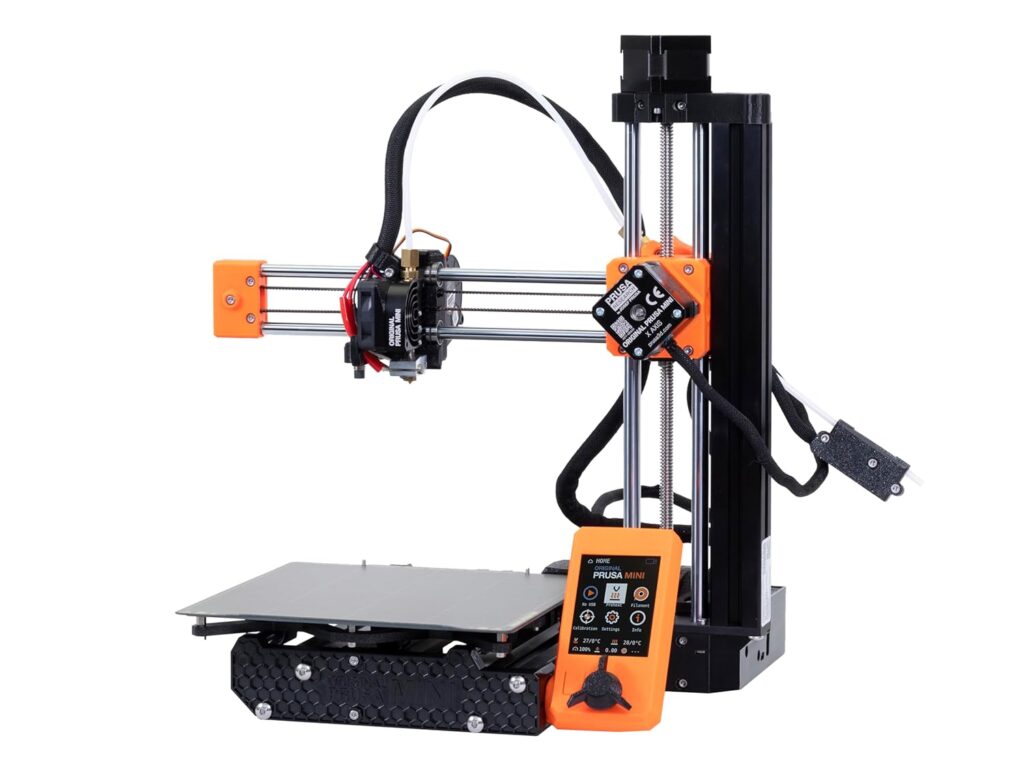
📌 Best For: Hobbyists, small businesses, and anyone who hates troubleshooting
💰 Price: Higher-end
🖨️ Tech: FDM
Pros:
✔️ Incredible print quality for its size
✔️ Open-source design for tinkerers and upgrade enthusiasts
✔️ Automatic bed leveling because manual leveling is a nightmare
Cons:
❌ Assembly required—consider it a bonding experience
❌ Slightly larger than some mini printers
💡 Key Insight: Thanks to its open-source nature, you can upgrade this little beast as your skills grow.
3. Anycubic Photon Mono – The Budget Resin Hero
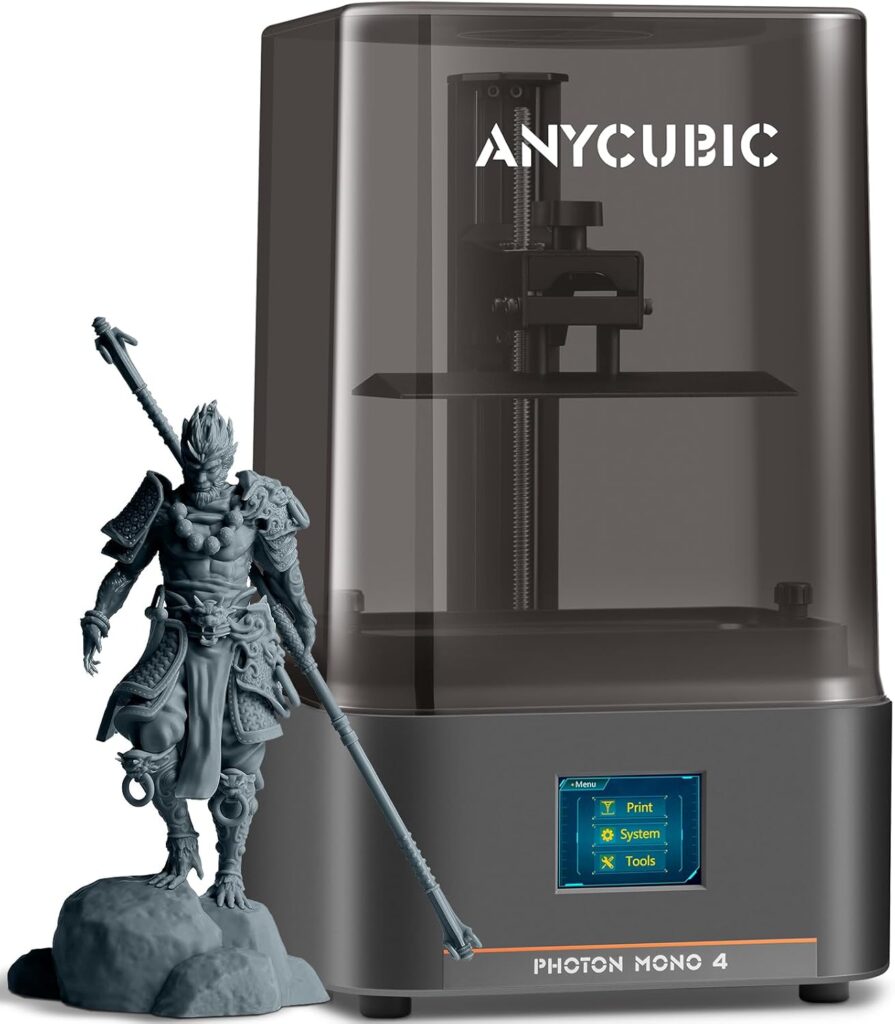
📌 Best For: Beginners diving into resin printing
💰 Price: Affordable
🖨️ Tech: Resin
Pros:
✔️ Solid entry-level resin printer at a wallet-friendly price
✔️ Fast print speeds
✔️ Compact and easy to store
Cons:
❌ Software could use a glow-up
❌ Small build volume (but hey, that’s why you’re here, right?)
🛠️ Pro Tip: Get a wash and cure station to make post-processing less of a pain.
4. Creality Ender 2 Pro – The Tiny Titan
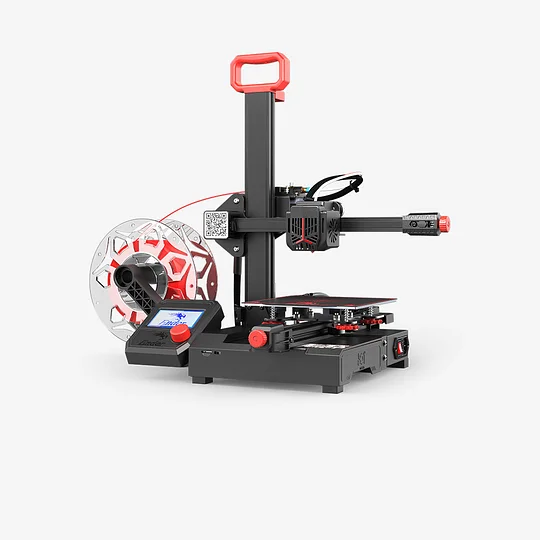
📌 Best For: Makers with zero space but big dreams
💰 Price: Budget-friendly
🖨️ Tech: FDM
Pros:
✔️ Smallest Ender model—fits anywhere
✔️ Surprisingly decent build volume for its size
✔️ Great price point
Cons:
❌ Manual bed leveling (cue the groans)
❌ No fancy features, but it gets the job done
💡 Key Insight: This little guy is perfect for setting up a multi-printer farm in a tight space.
5. Flashforge Adventurer 3 Lite – The Silent Ninja
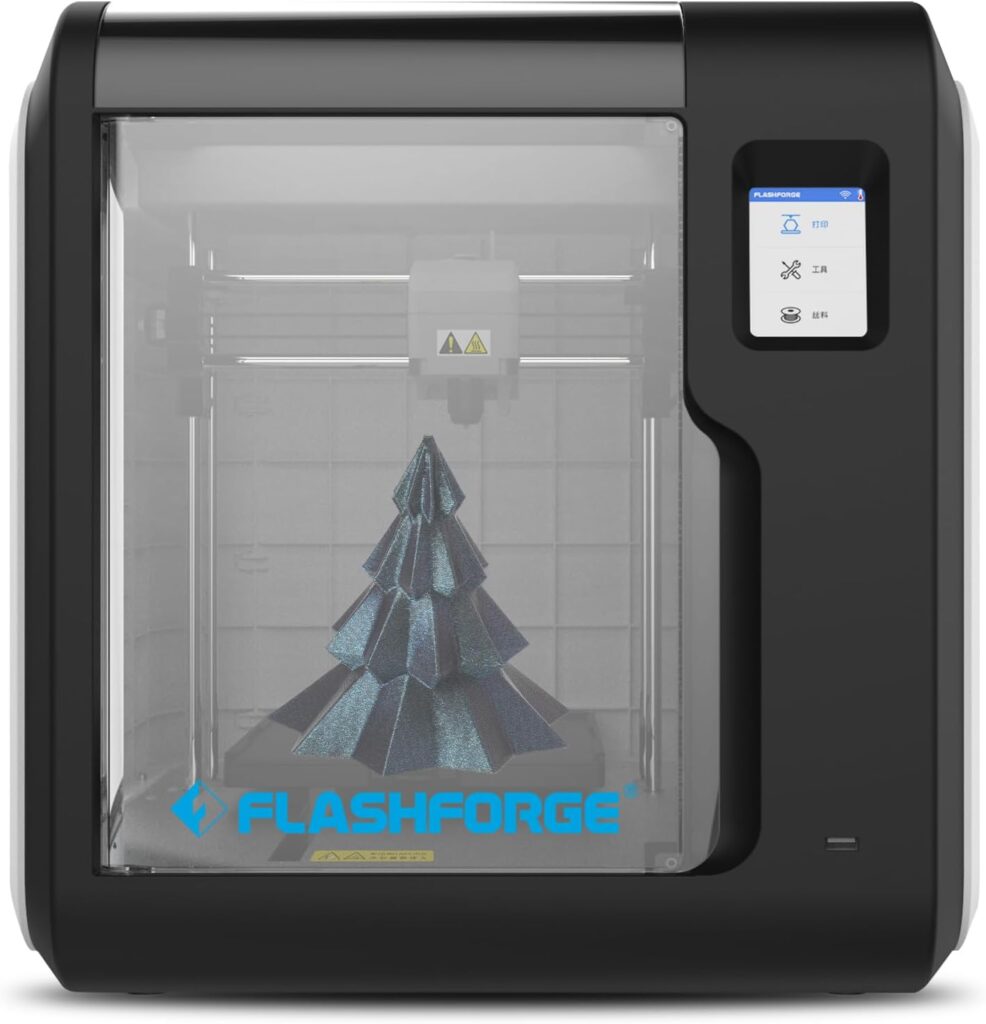
📌 Best For: Quiet printing in shared spaces
💰 Price: Mid-range
🖨️ Tech: FDM
Pros:
✔️ Fully enclosed—keeps noise and fumes in check
✔️ Built-in camera for remote print monitoring
✔️ Removable build plate for easy print removal
Cons:
❌ Limited to proprietary filament spools (Flashforge, why?)
❌ Build volume is on the smaller side
📹 Pro Tip: Use the built-in camera to create cool time-lapse videos of your prints—instant social media gold.
How to Choose the Right Mini 3D Printer Without Losing Your Mind
Picking a 3D printer can feel like speed-dating—so many options, so little time. Here’s what to consider before making a commitment:
1️⃣ Space Check
Measure your desk. Then measure it again. Make sure your chosen printer actually fits—don’t forget room for filament spools, tools, and that inevitable pile of failed prints.
2️⃣ FDM vs. Resin Smackdown
- FDM: Versatile, easy to use, and great for functional parts.
- Resin: Insane detail but requires extra post-processing effort.
3️⃣ Build Volume Matters
Smaller printers mean smaller prints—make sure the build area meets your needs. If you plan to print big things, you may need to break models into parts.
4️⃣ Ease of Use
Auto-bed leveling? Wi-Fi connectivity? Touchscreens? The more user-friendly the printer, the less frustration you’ll experience.
5️⃣ Noise Level
Printing at 2 AM? Consider a quiet model unless your neighbors enjoy the soothing hum of stepper motors.
Pro Tips for Getting the Most Out of Your Mini 3D Printer
🛠 Bed Adhesion is Everything: If prints aren’t sticking, try a glue stick, painter’s tape, or a heated bed.
🎨 Experiment with Materials: Wood, flexible, or glow-in-the-dark filaments add fun twists to your prints.
🔧 Upgrade When Ready: Things like better cooling fans, PEI build plates, or silent stepper drivers can make a world of difference.
👾 Join the 3D Printing Community: Forums, Reddit, and Discord groups are goldmines for troubleshooting and inspiration.
Final Verdict: Is a Mini 3D Printer Right for You?
If you’re short on space but big on creativity, absolutely! Mini 3D printers prove that great things come in small packages—just like espresso shots and baby goats.
So go forth, print tiny masterpieces, and embrace the magic of compact creation. 🚀
